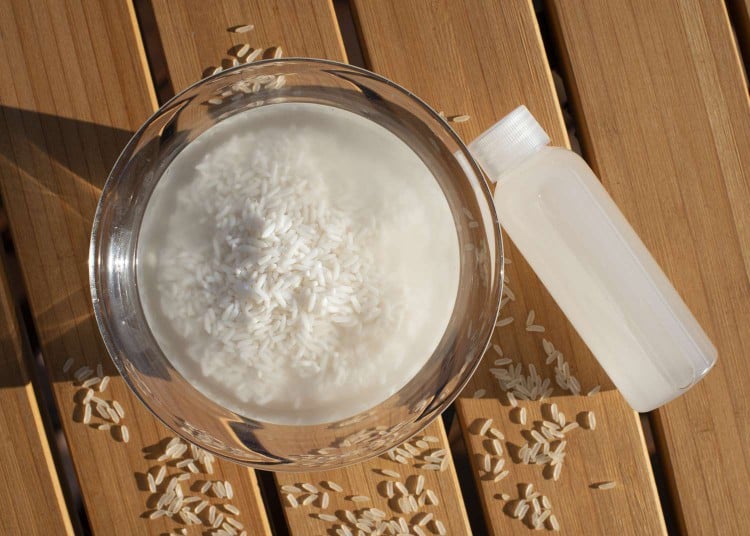- Vitamin D deficiencies may be more pronounced during the winter months due to less sunlight.
- Certain foods like fatty fish, fish liver oils, egg yolks, cheese, beef liver, and mushrooms are good sources of vitamin D.
- Experts recommend people looking to up their vitamin D level not to take more than the recommended dose of vitamin D supplements.
You might need to up your vitamin D dosage in the winter months.
Vitamin D keeps your body healthy in multiple ways. Your muscles, nerves, and bones all depend on the nutrient to function. It also helps strengthen the immune system.
You can get vitamin D through several foods, as well as by spending time in the sun. But the latter does have some stipulations.
Spending time in the sunlight while inside your home—for instance, sitting next to a window on a sunny day—won’t have the same effect as spending time in the sun outside.
This is largely the reason that vitamin D deficiency may be more obvious in the colder, darker months of winter.
“The deficiency can go up because you have no sunlight,” Marie van der Merwe, PhD, coordinator of the Applied Physiology and Nutrition doctoral program at the University of Memphis, told Health. “It becomes more pronounced in the wintertime.”
During this time of the year, it’s worth considering getting vitamin D through other sources like diet or supplementation.
Here’s how much vitamin D you need, as well as what to consider before adding a supplement to your routine.

Getty Images / Wesetend61
The Importance of Getting Enough Vitamin D Year-Round
Getting enough vitamin D has a variety of noteworthy health benefits.
“Mostly, we think of vitamin D for bone [health]. If you don’t have enough vitamin D, you can get osteoporosis,” van der Merwe said.
Vitamin D helps your body absorb calcium and, in doing so, helps prevent osteoporosis, which weakens the bones.
Additionally, vitamin D is needed for the nerves to send messages between the brain and the body, and it helps the immune system protect against viruses and bacteria. The nutrient also helps the muscles move; a deficiency can cause weak, painful muscles.
The following are the recommended daily amounts of vitamin D:
- People aged 19 to 70: 15 micrograms, or 600 international units
- People aged 71 and older: 20 micrograms, or 800 international units
Vitamin D Deficiencies Are Common
Year-round, many people don’t get enough vitamin D.
A study using data from the National Health and Nutrition Examination Survey (NHANES), found that among 71,685 participants surveyed from 2001 to 2018, 40.9% were vitamin D insufficient. 2.6% of participants had a severe vitamin D deficiency; 22% had a moderate deficiency.
Certain demographics are more likely to have low vitamin D, including:
- Elderly people
- People with obesity
- People who have undergone gastric bypass surgery
- People with liver disease, celiac disease, cystic fibrosis, and Crohn’s disease, among other conditions
A Centers for Disease Control and Prevention (CDC) survey found that around 19% of adults take a vitamin D supplement.
Van der Merwe explained that the prevalence of deficiencies could come down to the availability of vitamin D sources.
“The problem with vitamin D is it’s really hard to get it from our diet because there’s not a lot of foods that have vitamin D in it,” she said.
Fatty fish—such as trout, tuna, salmon, and mackerel—and fish liver oils are some of the best sources of vitamin D, while egg yolks, cheese, beef liver, and mushrooms have small amounts.
Additionally, many breakfast cereals are fortified with vitamin D, as are some milks, yogurts, and orange juices.
For reference, three ounces of salmon have 570 international units of vitamin D. One cup of 2% milk that’s been fortified with vitamin D has 120 international units. A large scrambled egg has 44 international units of the micronutrient.
But, generally speaking, Americans don’t get enough vitamin D from their diet. And, that lack of vitamin D is likely to only worsen in the winter.
These 7 Supplements Could Help You Fend Off a Seasonal Cold, Experts Say
What to Consider Before Starting a Vitamin D Supplement
Even though vitamin D deficiencies are common, you don’t necessarily need a supplement unless a doctor has recommended one, Pieter Cohen, MD, an associate professor of medicine at Harvard Medical School, told Health.
“It’s not something that people should feel obligated to take,” he said. “We do not recommend that healthy people [who have no evidence of a vitamin D deficiency] take vitamin D in the winter, even in Northern latitudes.”
If you already take a supplement, Cohen doesn’t recommend upping your dosage in the winter months, nor does he recommend starting a supplement to take only during the winter months.
However, he explained that it’s fine to add a vitamin D supplement into your everyday routine if you want to and will be sticking with the recommended dose.
“As long as you stick to the recommended daily amount, that’s totally safe—but that’s the key,” Cohen said.
It is possible to get too much vitamin D; vitamin D toxicity can cause drowsiness, confusion, abdominal pain, vomiting, and weakness. If the symptoms progress, the condition can include confusion, agitation, and even coma.
If you don’t want to try a supplement, it may be helpful to try to prioritize time spent outside in the sunshine (if that’s an option for you) during the winter months. It could also be helpful to work foods with vitamin D, such as fatty fish, milk, and breakfast cereal, into your diet to make sure you get enough of the nutrient.








